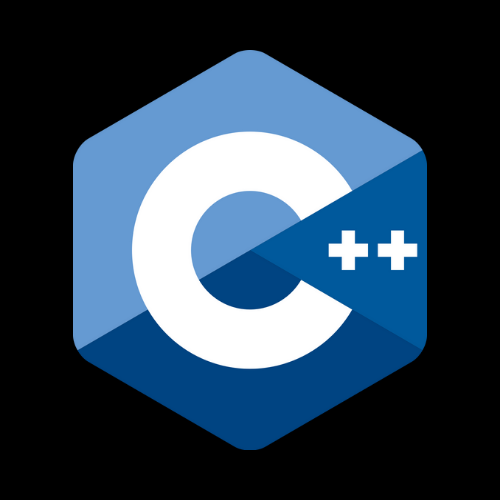Level: Beginner
1. What is Node.js, and how does it differ from traditional JavaScript?
2. How do you install Node.js on your operating system?
3. Explain the role of npm (Node Package Manager) in Node.js development.
4. How do you create a basic Hello World application in Node.js?
5. Describe the purpose of package.json in a Node.js project.
6. How do you handle asynchronous operations in Node.js?
7. Explain the concept of event-driven programming in Node.js.
8. What is require() in Node.js? How do you use it to include modules?
9. How do you create a simple HTTP server using Node.js?
10. Explain the difference between console.log() and console.error() in Node.js.
11. How do you handle errors in Node.js applications?
12. Describe the purpose of the fs module in Node.js. Give an example of its usage.
13. What are callbacks in Node.js? How are they used in asynchronous functions?
14. How do you handle JSON data in Node.js?
15. Explain the role of middleware in Express.js. Provide an example.
16. How do you install and use Express.js to create a basic web server?
17. Describe the role of routes in Express.js. How do you define and use routes?
18. What is the purpose of app.listen() in Express.js?
19. How do you handle GET and POST requests in Express.js?
20. What are query parameters in Express.js routes? How do you access them?
21. Explain the purpose of template engines like EJS or Pug in Express.js.
22. How do you serve static files (like CSS or images) in an Express.js application?
23. Describe the role of environment variables in Node.js applications.
24. How do you use process.argv to access command-line arguments in a Node.js script?
25. Explain the concept of streams in Node.js. Give an example of reading from a stream.
26. What is npm and how do you use it to install packages in a Node.js project?
27. How do you create and use modules in Node.js?
28. Explain the purpose of setTimeout() and setInterval() functions in Node.js.
29. What is process.nextTick() in Node.js? How is it different from setTimeout()?
30. How do you handle form data in an Express.js application?
31. Describe the purpose of middleware like Body-parser in an Express.js application.
32. How do you perform unit testing in Node.js applications?
33. Explain the concept of Promises in Node.js. How do they help in handling asynchronous operations?
34. What is the purpose of async and await keywords in Node.js? Provide an example.
35. How do you handle file uploads in an Express.js application?
36. Explain the concept of RESTful APIs in the context of Node.js and Express.js.
37. How do you use environment variables to configure different environments (development, production) in Node.js?
38. Describe the purpose of the path module in Node.js. Give an example of its usage.
39. How do you implement error handling middleware in an Express.js application?
40. Explain the concept of cookies and sessions in Express.js. How do you implement them?
41. How do you connect a Node.js application to a MongoDB database using Mongoose?
42. Describe the role of ORM (Object-Relational Mapping) libraries like Sequelize in Node.js applications.
43. How do you handle CORS (Cross-Origin Resource Sharing) in an Express.js application?
44. What are the advantages of using TypeScript with Node.js?
45. How do you deploy a Node.js application to a hosting service like Heroku or AWS?
46. Explain the concept of WebSockets in Node.js. How are they different from HTTP?
47. How do you implement authentication and authorization in an Express.js application?
48. Describe the purpose of global objects in Node.js. When is it appropriate to use them?
49. How do you implement pagination for API responses in an Express.js application?
50. Explain the concept of microservices architecture and how Node.js is suitable for it.


